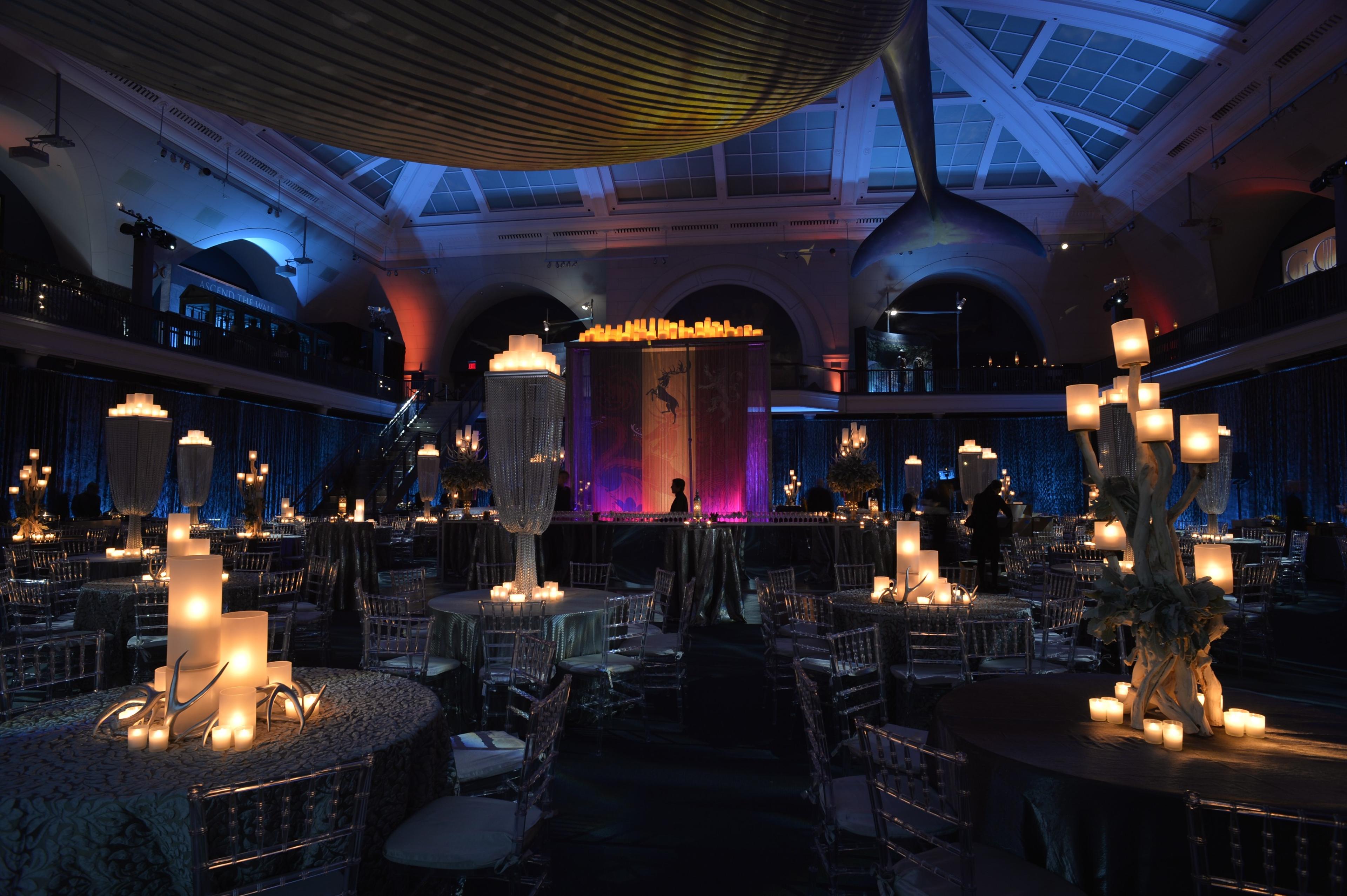Benefits of Light Emitting Diode Video Screens Over Traditional Projector Systems for Modern Visual Displays
Benefits of Light Emitting Diode Video Screens Over Traditional Projector Systems for Modern Visual Displays
Blog Article
Light Emitting Diode video screens have grown progressively popular in multiple settings, such as schools, corporations, and leisure locations. These advanced display systems offer several advantages over traditional projector technologies. Recognizing these benefits can help organizations make informed choices about their visual needs. This article will examine the main benefits of Light Emitting Diode video walls, including luminosity, visual clarity, flexibility, maintenance, and energy conservation.
One of the key significant advantages of LED display walls is their brightness. Light Emitting Diode technology produces lively and radiant pictures that can be readily viewed in multiple lighting conditions. Unlike traditional projection systems, which can have difficulty in brightly lit environments, LED display walls maintain their clarity and hue accuracy even in well-lit rooms. This makes them ideal for external activities or locations with big windows. The elevated luminosity levels ensure that the content displayed is consistently visible, making it easier for audiences to interact with the data being shown.
In furthermore to brightness, Light Emitting Diode video screens provide enhanced image quality. They offer greater resolution and better color reproduction compared to conventional projector systems. This means that pictures and videos displayed on an Light Emitting Diode wall appear crisper and more detailed. The pixel concentration of Light Emitting Diode displays allows for near observation without losing clarity, which is particularly crucial in environments like exhibition fairs or conferences where viewers may be nearby to the display. Furthermore, LED technology can produce richer dark tones and more vibrant colors, enhancing the overall visual impression.
Versatility is another key advantage of Light Emitting Diode display screens. These technologies can be configured in various dimensions and shapes to fit different spaces and aesthetic requirements. Unlike traditional projection systems, which require a particular spacing from the screen to operate correctly, Light Emitting Diode video screens can be set up in a range of settings. They can be curved, tiled, or even used in innovative layouts to create distinct visual exhibits. This adaptability allows companies to tailor their visual presentations to suit their particular requirements, making LED video screens a flexible option for any environment.
Upkeep is also a crucial factor when contrasting Light Emitting Diode video walls to conventional projector technologies. Light Emitting Diode screens generally require less maintenance over time. Traditional projection systems often need lamp changes and regular cleaning to maintain optimal functionality. In contrast, LED tech has a greater duration and does not require frequent replacements. This reduces downtime and maintenance expenses, making Light Emitting Diode display screens a more economical option in the long-term future. Organizations can concentrate on their displays rather than worrying about the upkeep of their visual systems.
Lastly, power efficiency is an important consideration for many companies. LED video walls consume less power compared to traditional projection systems, which can lead to significant reductions on energy costs. This is especially advantageous for companies and locations that use screens for long times. Additionally, the reduced power usage of Light Emitting Diode tech contributes get redirected here to a reduced ecological impact, making it a more eco-friendly choice. By choosing LED video screens, companies can benefit from premium display screens while also being considerate of their power consumption and ecological impact.
In conclusion, LED display screens offer numerous benefits over conventional projector technologies. Their luminosity, image quality, flexibility, low maintenance requirements, and power conservation make them an excellent option for contemporary display screens. As innovation continues to progress, Light Emitting Diode display screens are likely to grow even more prevalent in multiple environments, providing companies with the resources they need to efficiently communicate and interact with their viewers.